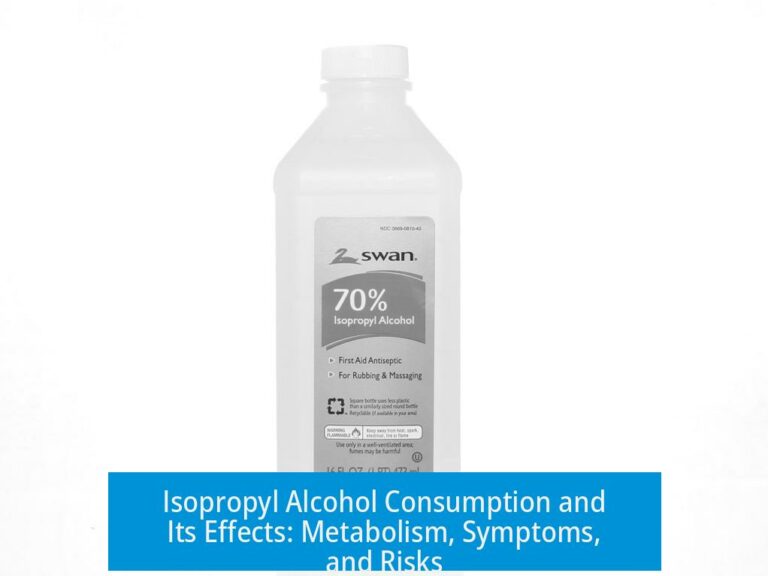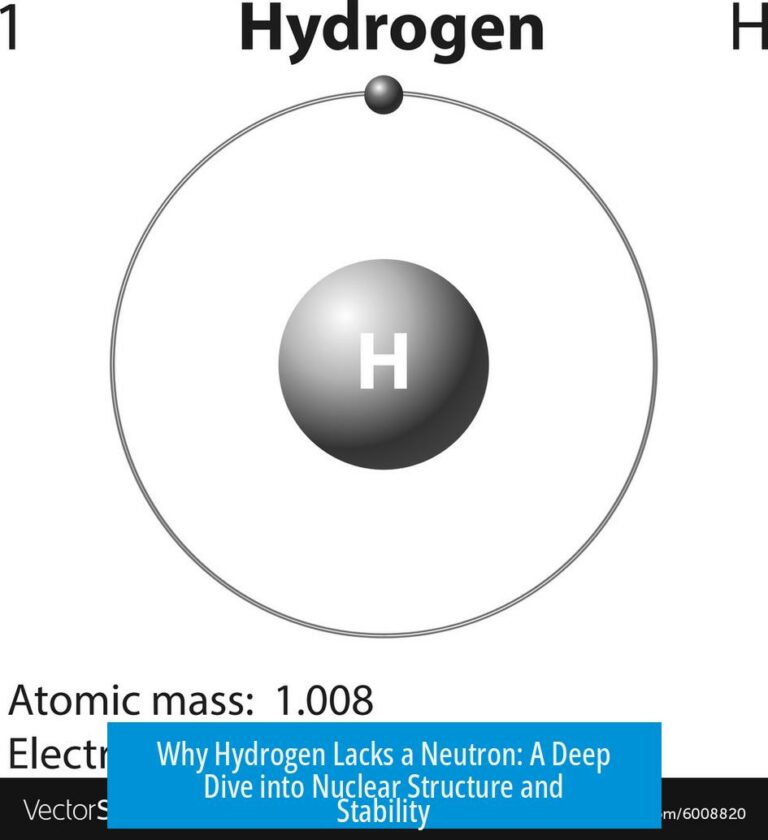What Is Working with HF Actually Like?

Working with hydrofluoric acid (HF) combines routine laboratory skill with heightened caution and strict safety protocols. This hazardous chemical demands careful handling, comprehensive personal protective equipment (PPE), and readiness for emergencies. When managed properly, HF use becomes a controlled, albeit demanding, part of laboratory work.
General Feel and Experience

Operators often describe working with HF as a mix of fear and familiarity. Initially intimidating, it becomes more manageable with experience and rehearsal of safety measures. Practicing protocols provides confidence and calmness. Routine HF handling, especially at moderate concentrations, often becomes routine but never loses its seriousness.
- Strict protocols and rehearsed emergency procedures create a controlled environment.
- HF is stored safely, typically in secure containers within fume cupboards.
- Experienced handlers report mixed emotions—sometimes frightened, sometimes comfortable.
Safety Protocols and PPE

Comprehensive PPE is essential. Double gloves rated for HF resistance, face shields, chemical aprons, respirators, and lab coats with wrist coverage are standard. Constant availability of calcium gluconate—an effective antidote—is mandatory. Work is never done alone; an HF buddy must be present for immediate assistance.
- Double gloves with calcium gluconate gel in between layers.
- Face shields and chemical-resistant aprons are standard.
- Calcium gluconate in multiple forms (gel, injectable ampules) must be immediately accessible.
- Disposable plastic containers are favored over glass, as HF etches glass.
Handling Concentrations and Behavior

HF behavior varies dramatically with concentration. Dilute solutions (around 20%) possess vapor pressures resembling water and are less aggressive. Concentrated HF (about 48–70%) vaporizes rapidly and is highly corrosive. Movement with concentrated HF is deliberate, slow, and rehearsed to minimize spills.
| Concentration | Characteristics | Handling Notes |
|---|---|---|
| ~20% | Low vapor pressure, less aggressive | Similar to working with strong mineral acids |
| 48% | Highly corrosive, heavy PPE required | Long PPE donning time, physical exhaustion possible |
| 70%+ | Very volatile, rapid evaporation | Severe burn risk, careful transfer essential |
Risks and Effects of Exposure

HF exposures present unique dangers. Unlike other acids, HF binds strongly to calcium and magnesium ions in the body. This causes electrolyte imbalances and can lead to dangerous heart arrhythmias. Small skin exposures may be painless initially but progress to severe injuries.
- Burn severity may appear delayed; symptoms can worsen over hours.
- Immediate washing and application of calcium gluconate gel reduce damage.
- Ingesting or inhaling HF carries lethal risks.
- Skin contact with concentrated HF requires emergency treatment.
Mental and Physical Demands

HF handling exhausts practitioners physically and mentally. Continuous vigilance is necessary. PPE use can be uncomfortable and stifling, especially with thick gloves and full-face protection. Extended work with HF can cause fatigue, increasing error likelihood.
Fear drives caution, and it diminishes only slightly with experience. The specter of a potentially fatal accident remains in the minds of many handlers.

Lab and Workplace Culture
HF use demands a culture of respect and strict compliance. Not all laboratories maintain adequate control measures, which raises risks unnecessarily. Regular HF users tend to develop confidence and thorough safety habits.
- Never work alone; always have a trained buddy present.
- Inform supervisors before HF use; follow established emergency protocols.
- Keep calcium gluconate kits and antidotes readily accessible.
- Proper waste disposal includes weekly neutralization of HF residues.
Practical Handling and Techniques
HF transfers require precision and practice. Operators often rehearse with nonhazardous substances before actual use. Pipetting or using PTFE droppers is safer than pouring.
Glass containers are avoided; instead, PTFE-based containers prevent etching. Spill containment uses trays and fume hoods for ventilation.
- Practice use of pipettes or droppers before handling HF.
- Use double containment when storing and transferring solutions.
- Neutralize waste streams regularly to prevent hazards.
- For anhydrous or gaseous HF, specialized equipment and full body suits are required.
Personal Stories and Incidents
Incidents underscore the seriousness of HF exposure. Reported cases include glove breaches causing tissue necrosis and accidental splashes to the face requiring emergency care.
One operator recounted hand exposure to 70% HF but minimized harm due to immediate calcium gluconate treatment. Another described psychological stress manifesting as persistent itching after exposure to vapors.
Key Takeaways
- HF demands strict safety protocols, specialized PPE, and emergency preparedness.
- Higher concentrations increase risks exponentially; careful, slow handling is essential.
- Calcium gluconate must be immediately available to treat skin or eye exposures.
- Mental vigilance and physical endurance are critical during HF operations.
- Lab culture must emphasize teamwork, clear communication, and routine safety drills.
What is Working with HF Actually Like?
Working with hydrofluoric acid (HF) is a unique, nerve-testing experience that blends fear, respect, and precise skill. It’s not just “another acid”; HF demands vigilance, strict safety, and steady hands. So what’s it really like? It’s a mix of intense caution, detailed protocols, and a mental balancing act between terror and normalcy.
Let’s dive into the real scoop on handling this notorious chemical: the feelings it sparks, the armor worn, the dance with danger, and the mental toll—all painted by those who work with HF day in, day out.
The Emotional Landscape: From Frightening to Routine
At first, HF visits you like a bad nightmare—scary, unpredictable, and intimidating. Some swear it’s “scary as shit sometimes and perfectly fine other times.” That’s no exaggeration; despite all the fear, practitioners often settle into a calm groove. One voice sums it up perfectly: “It was scary at first but quickly became normal.”
This rapid adjustment isn’t because it’s harmless but because of rigorous prep. Labs “drilled the scenarios and had the protocols in place,” so confidence builds. The trick is respecting HF’s power without letting paranoia paralyze you. Here’s a fun tidbit: “I’m still alive with all fingers and limbs intact!” Yes, fingers and limbs intact is the highest compliment in HF circles.
So, working with HF feels like living on a very thin tightrope—slip up and there’s real trouble. Get it right, and it’s just another liquid in your lab arsenal, “a pretty unremarkable liquid.” But never forget: that “normalcy” is forged from countless safety steps and serious respect.
Armor Up: The PPE That Keeps You Alive
Handling HF requires approaching safety like gearing up for battle. The motto is simple: “Double gloves, aprons, face shields, and full PPE.” People “double-glove with gloves rated for it” because HF doesn’t play nice—it can eat through glass and even certain plastics. Plastic containers make the best HF homes, and bottles get secured against toppling disasters.
Calcium gluconate is the unsung hero, the antidote everyone keeps close. Labs keep “a hospital ‘go bag’ with ampules,” ready for instant treatment. One worker explains the ritual clearly: “Always have calcium gluconate on hand in multiple doses.” It’s your best friend when accidents occur, turning potentially deadly burns into merely painful incidents.
Even though the protective gear can be heavy and hot—that “takes about 15 minutes to get in/out of PPE”—no one complains. The mental peace it offers is worth it. “We never worked alone and always had a ‘HF buddy.’” Being a team with backup support makes that tightrope feel a bit less dangerous.
Dancing with Danger: Handling Concentrations and Movements
Not all HF is equally terrifying. Concentrations below 20% “have vapor pressure similar to water,” making them less fearsome. But at 70%, HF “smokes” and evaporates rapidly, throwing a chemical tantrum in the air. That’s when slow and deliberate movements become a survival skill. Every transfer or drop needs to be meticulous—mistakes here won’t just ruin the experiment; they can cause lasting harm.
The higher the concentration, the heavier the PPE, and the mentally draining it gets. Workers often feel physically and mentally exhausted after a day with HF. “It’s difficult; you get physically and mentally exhausted,” one says. Handling HF isn’t a sprint; it’s a long walk on eggshells. It demands patience and an unshakable calm.
The Chilling Reality of Exposure Risks
HF is a master of stealth harm. Burns from HF “don’t always hurt at first.” You can absorb lethal doses without realizing the damage being done beneath the skin. The real hazard lies in fluoride ions’ affinity for calcium and magnesium, essential minerals for heart and muscle function. This can lead to “electrolyte imbalance and irregular heartbeats” or worse.
The horror stories are eye-opening. One person’s “thumb turned black and died” because the glove had a small hole. Another was splashed in the face by +70% HF, feeling “like a physical blow rather than a burn.” Yet, thanks to emergency protocols like rinsing immediately and applying calcium gluconate gel, casualties are rare. The universal rule: “If you get a spill, wash immediately and rub gluconate gel in excess.”
These stories underscore why complacency kills. “You can absorb a lethal dose through your skin before you begin to feel the burn.” This silent threat makes respect the top priority. Even after exposure, “keep rubbing the gel even when medical personnel try to stop.” That extra vigilance saves lives.
Physical and Mental Demands: When the Body and Mind Need a Break
Working with HF is not a walk in the park. It’s emotionally taxing and physically exhausting. People report legs turning to jelly after cleaning up spills and describe the process as “intense.”
Because the PPE is heavy, the heat oppressive, and the need for focus relentless, mistakes often creep in as fatigue sets in. “It’s difficult physically and mentally exhausting,” warns one expert. The mental demand includes combating deep-rooted anxiety—call it “psychosomatic itching”—from the constant fear drilled into workers.
The initial fear “wears off with practice,” but it never really leaves. Every worker knows a small lapse could result in disaster, so they stay sharp. A high level of concentration is mandatory, but it also weighs on the mind.
Lab and Workplace Culture: The Community Around HF
Working with HF shapes lab culture heavily. In well-run labs, HF users “don’t think twice about it” due to their extensive training and trusty safety nets. But some places haven’t caught up. Lacking engineering controls or calcium gluconate kits? Bad news.
Workers form tight teams. No one is brave enough—or stupid enough—to work alone when HF is on the menu. “Always tell your lab manager before starting use.” This respect for hierarchy and safety culture is crucial.
There are also old-school tales out there where people “painted HF solutions with minimal protection,” practices unacceptable today. Thankfully, modern labs insist on full PPE, specialized shoes, and multi-layer protection. Calcium gluconate injections and antidote kits lurk near every fluoride station.
Practical Tips from the Trenches: How to Handle HF Like a Pro
| Best Practices | Reason |
|---|---|
| Work in fume hoods | Controls fumes and exposure |
| Use PTFE containers, avoid glass | HF quickly dissolves glass |
| Practice with inks first | Reduces risk while learning precise transfers |
| Wear big gloves & chemical aprons | Protects against splashes |
| Have trays in the fume hood | Catches accidental spills |
| Neutralize waste weekly | Safe disposal and compliance |
| Always have a detailed spill response plan | Immediate reaction reduces harm |
Even small details matter. For instance, when refilling HF, use a funnel with big gloves. Even a tiny splash can spell disaster. Don’t be shy to take ample time for weighing and measuring—it’s a one-shot deal with HF.
Some savvy workers even use ammonium bifluoride salts to generate HF safely in situ, avoiding handling concentrated liquid altogether. For anhydrous or gaseous HF, full-body suits and special stainless steel gear become mandatory.
Personal Stories: Real Encounters with HF
- One HF buddy stayed calm during a 20mL spill, administering gluconate cream quickly, and everyone walked away safe.
- A daring (and ill-advised) colleague drank 20 μL of HF to prove it’s not as deadly as feared—spoiler, don’t try this at home.
- Another recounted spilling 70% HF on an ungloved hand, immediately washing and applying calcium gluconate with only redness as a lasting effect.
- One coworker developed nerve and bone damage over time from unnoticed glove contamination. Silent damage lurks!
- Reports of “itchy hands” from vapors—even through latex gloves—remind us that HF fumes are insidious.
These accounts add a human layer to what otherwise feels like a dry chemistry manual. They showcase the importance of protocol, quick response, and teamwork.
Final Thoughts: Respect, Routine, and Readiness
Working with HF is a strange blend of fear and habit. It requires constant vigilance, serious PPE, rehearsed safety drills, and a toolbox full of antidotes—and yet, those who do it regularly learn to treat it like another tool. The secret? Respect the acid, don’t rush the process, and never cut corners.
Are you ready to tame the “big bad wolf” of the lab? If so, suit up, buddy up, and always keep calcium gluconate within arm’s reach. After all, when it comes to HF, the best approach is: slow, steady, safe.





Leave a Comment